Ideas
Mistakes to Avoid When Choosing 2025 Exterior House Colors
Selecting the perfect color for your home’s exterior is one of the most impactful design decisions you can make. The right color can elevate your home’s curb appeal, while the wrong choice can leave it feeling off-balance or outdated. As we step into 2025, exterior color trends are evolving with new, exciting palettes, and choosing wisely is essential. To help you avoid costly or regrettable mistakes, we’ve identified key pitfalls to steer clear of when selecting 2025 exterior house colors.
Let’s dive in and ensure your home looks fresh, stylish, and perfectly suited for the year ahead.
1. Ignoring the Local Climate
Why It Matters
Your local climate significantly impacts how a color looks and performs over time. Choosing the wrong color for your region can lead to fading, overheating, or a mismatch with the natural environment.
Mistake to Avoid
- Darker Colors in Hot Climates: While charcoal black and deep navy are trending in 2025, these dark hues absorb more heat. In hot, sunny regions, this can make your home uncomfortably warm and increase energy bills.
- Light Colors in Snowy Regions: Pale colors like whites or creams may disappear against snowy backdrops, making your home blend in too much.
Solution
- For hot climates, opt for lighter, reflective shades like soft beige, sage green, or sandy tones.
- For cold or snowy regions, consider mid-tone colors such as warm grays, muted blues, or earth tones to create contrast.
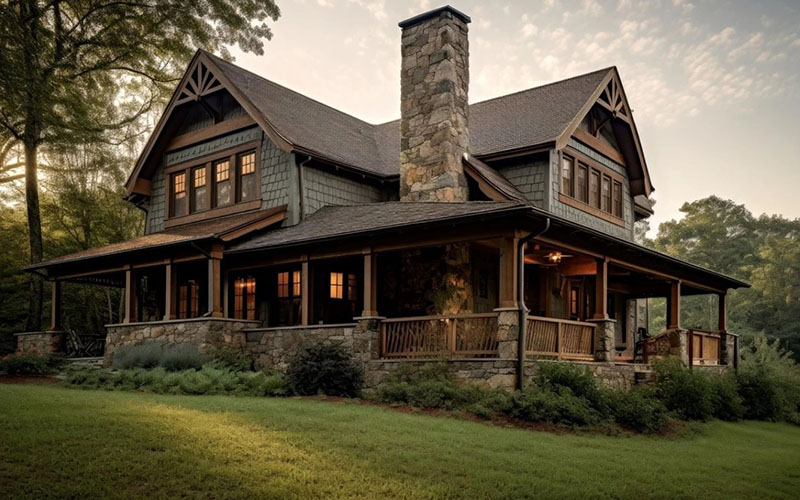
2. Not Considering Your Home’s Architectural Style
Why It Matters
Every architectural style has color palettes that enhance its unique features. Choosing a color scheme that doesn’t align with your home’s style can lead to visual dissonance.
Mistake to Avoid
- Modern Colors on a Historic Home: Applying trendy modern grays or blacks to a Victorian or Colonial-style home can clash with its historical character.
- Overly Traditional Colors on Contemporary Homes: Using outdated beige or muted colors on sleek, modern homes can make them feel stale.
Solution
- For modern homes, embrace 2025’s trends like dark charcoals, bold greens, and contrasting trims.
- For traditional homes, stick with timeless palettes such as classic whites, soft grays, or warm neutrals accented with deep blues or greens.
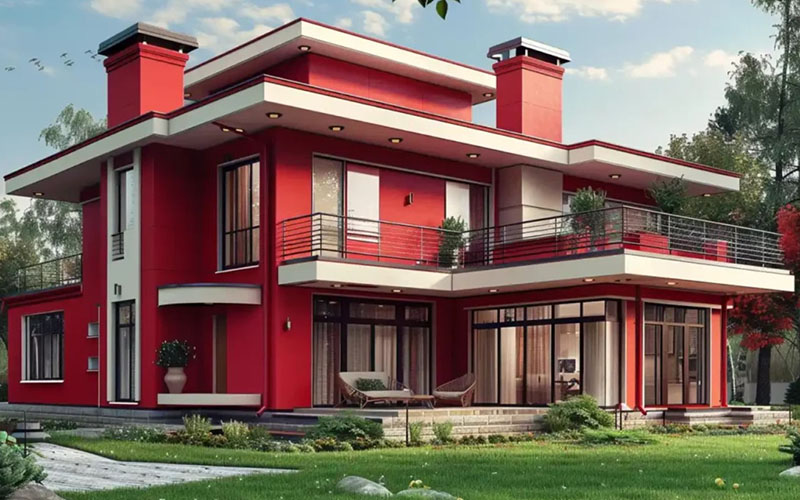
3. Overlooking the Surrounding Landscape
Why It Matters
Your home’s exterior should harmonize with its natural surroundings. Ignoring the landscape can result in a color choice that feels out of place.
Mistake to Avoid
- Clashing with Nature: A bright, bold exterior might look fantastic in an urban setting but can feel garish in a lush, green environment.
- Ignoring Regional Elements: Beach houses, desert homes, and mountain cabins each have colors that suit their environments best.
Solution
- For wooded areas, choose earthy tones like forest green, deep browns, or mossy grays.
- For coastal regions, soft blues, sandy beiges, and crisp whites are ideal.
- For desert settings, warm terracottas, sandy tones, and muted greens complement the natural palette.
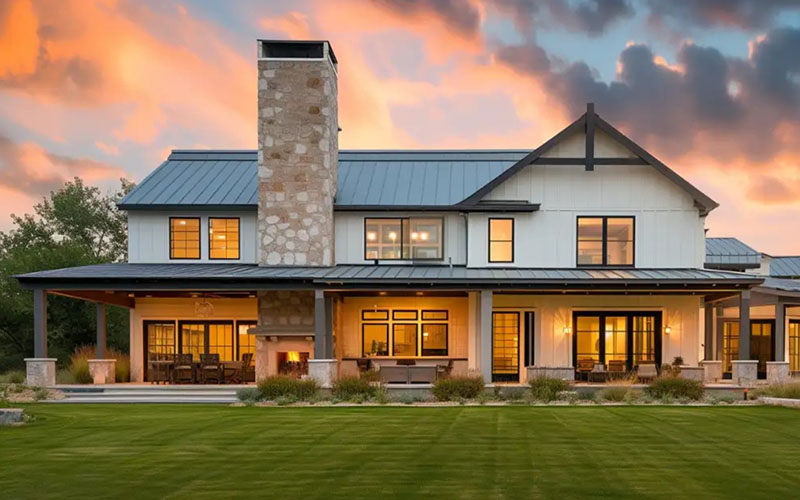
4. Following Trends Blindly
Why It Matters
While it’s tempting to choose a color simply because it’s trendy, not every trend will suit your home or personal style. Trends come and go, but your home’s color is a long-term commitment.
Mistake to Avoid
- Going All-In on Bold Colors: While 2025 favors bold colors like deep red and moody blues, using these shades excessively can date your home quickly.
- Ignoring Your Personal Taste: If a trending color doesn’t resonate with you, you may regret the decision.
Solution
- Use trendy colors as accents rather than the primary hue. For example, try a bold navy for shutters or a red front door.
- Balance trends with classic neutrals for the main body of the home, such as warm taupe, beige, or soft gray.
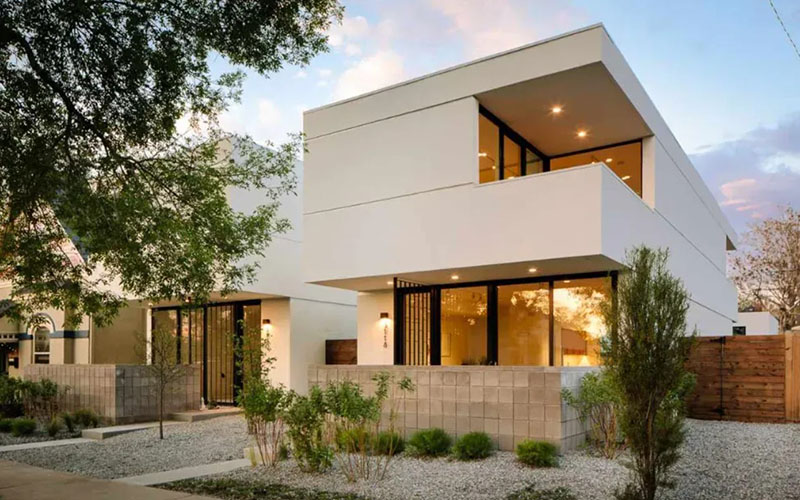
5. Forgetting About the Roof and Fixed Elements
Why It Matters
Your home’s roof, driveway, and other fixed elements like stone or brickwork are long-term fixtures that need to be considered when choosing a paint color.
Mistake to Avoid
- Clashing with the Roof: A green roof with a red exterior might not create the harmony you desire.
- Ignoring Brick and Stone: If your home features natural stone or brick, selecting a color that doesn’t complement these materials can create a jarring look.
Solution
- For homes with dark roofs, consider lighter exterior colors to create contrast.
- For homes with brickwork or stone, choose complementary shades like warm neutrals, soft grays, or deep greens.
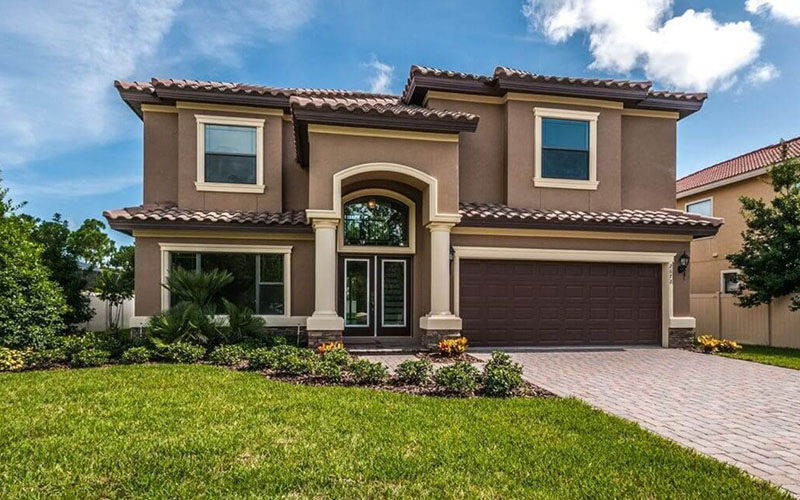
6. Skipping Test Samples
Why It Matters
Paint colors can look dramatically different on a large exterior surface compared to a small swatch. Lighting, shadows, and surroundings all impact how a color appears.
Mistake to Avoid
- Choosing Based on a Swatch Alone: Picking a color without testing it on your home can lead to disappointment once the paint is applied.
Solution
- Purchase sample pots and paint large swatches on different sides of your home. Observe how the color changes throughout the day under varying light conditions.
- Compare the samples under natural and artificial light to see how they truly appear.
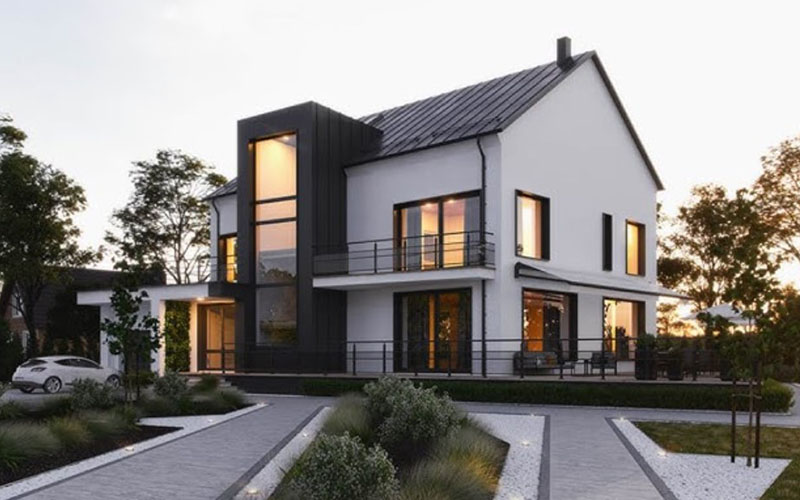
7. Ignoring the Neighborhood Context
Why It Matters
Your home doesn’t exist in isolation. Choosing a color that clashes with neighboring houses can affect the overall aesthetic of your street and even impact property values.
Mistake to Avoid
- Being Too Different: While you want your home to stand out, choosing a color wildly different from the rest of the neighborhood can backfire.
- Being Too Similar: Matching your neighbor’s house color too closely can make your home fade into the background.
Solution
- Strive for a balance between individuality and harmony. Choose a color that complements neighboring homes without copying them.
- If your neighborhood has a Homeowners Association (HOA), check for any guidelines or restrictions on exterior paint colors.
8. Neglecting Maintenance Requirements
Why It Matters
Different colors and finishes have different maintenance needs. A color that looks stunning when freshly painted may require frequent touch-ups to maintain its appearance.
Mistake to Avoid
- Choosing High-Maintenance Colors: Whites and very dark colors tend to show dirt, dust, and imperfections more readily.
- Ignoring Finish Types: Glossy finishes highlight imperfections, while matte finishes may fade faster.
Solution
- Opt for mid-tone colors that are forgiving with dirt and wear.
- Choose the appropriate paint finish based on your home’s material and exposure to elements. Satin or semi-gloss finishes often balance durability and aesthetic appeal.
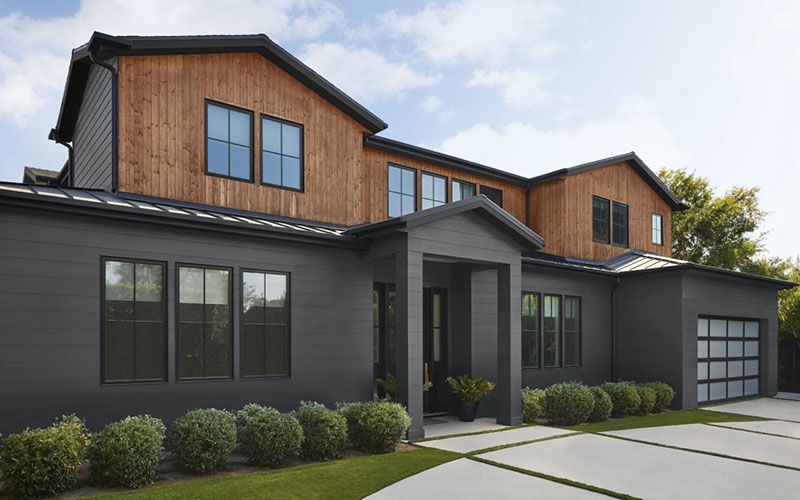
Conclusion
Selecting 2025 exterior house colors doesn’t have to be a daunting task. By avoiding these common mistakes and making informed choices, you can ensure your home remains stylish, functional, and harmonious with its surroundings. Remember to consider your climate, architectural style, and personal taste while keeping an eye on trends for inspiration.
Happy painting, and may your 2025 home transformation be everything you envision! 🏡✨


